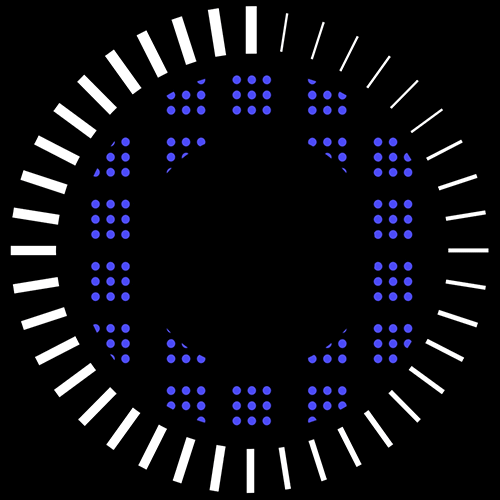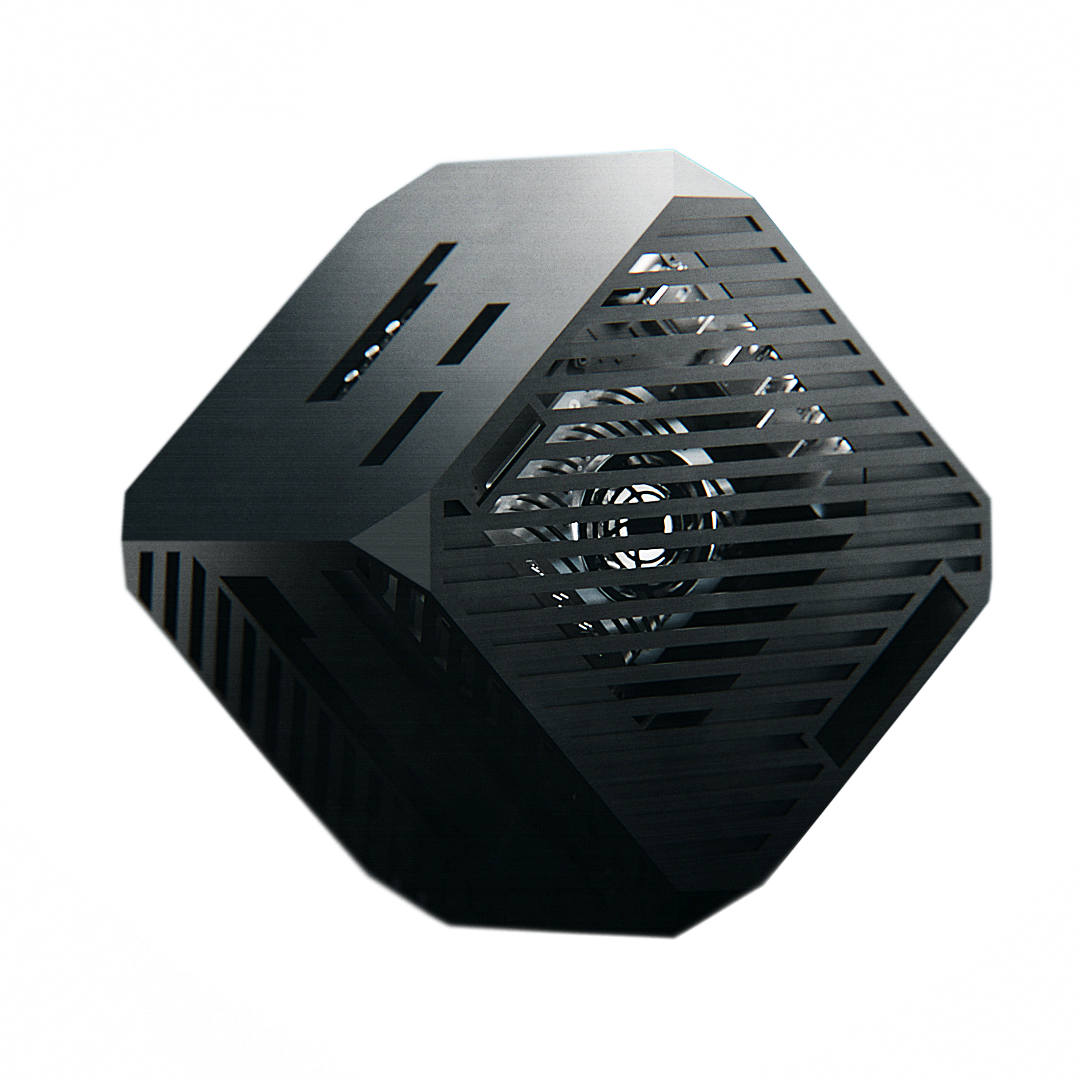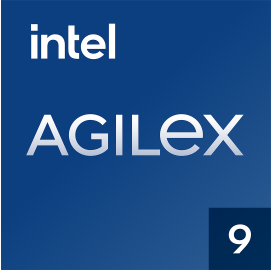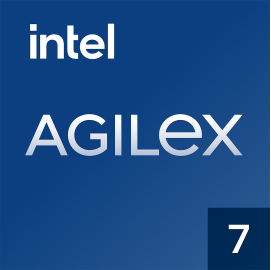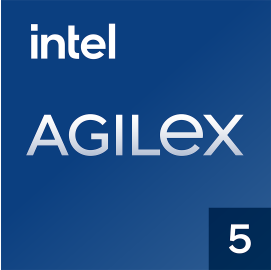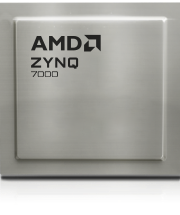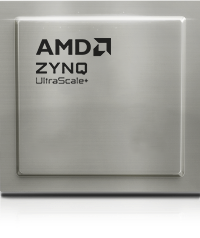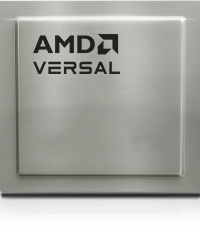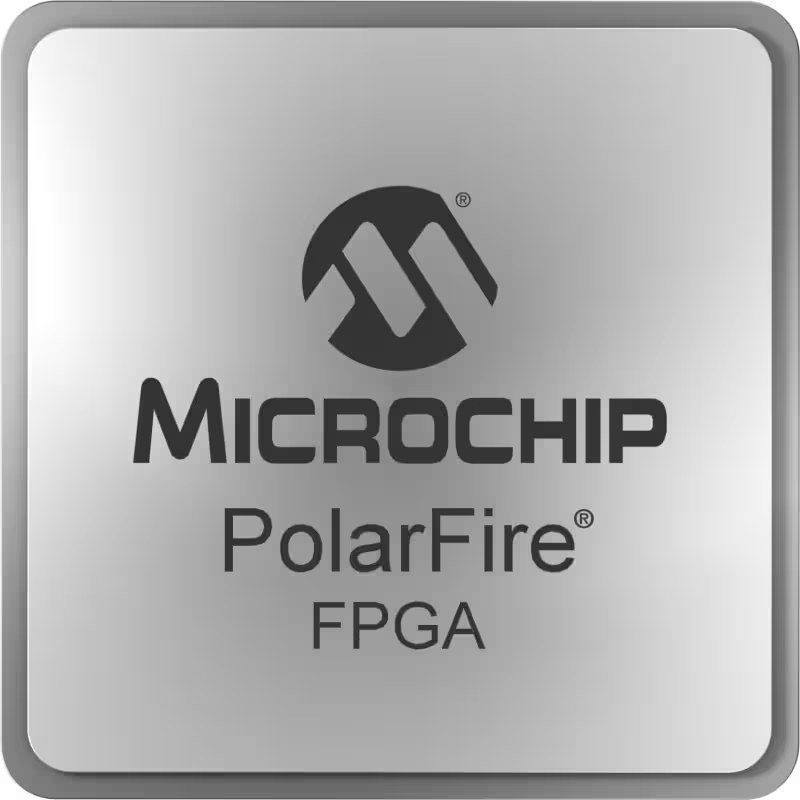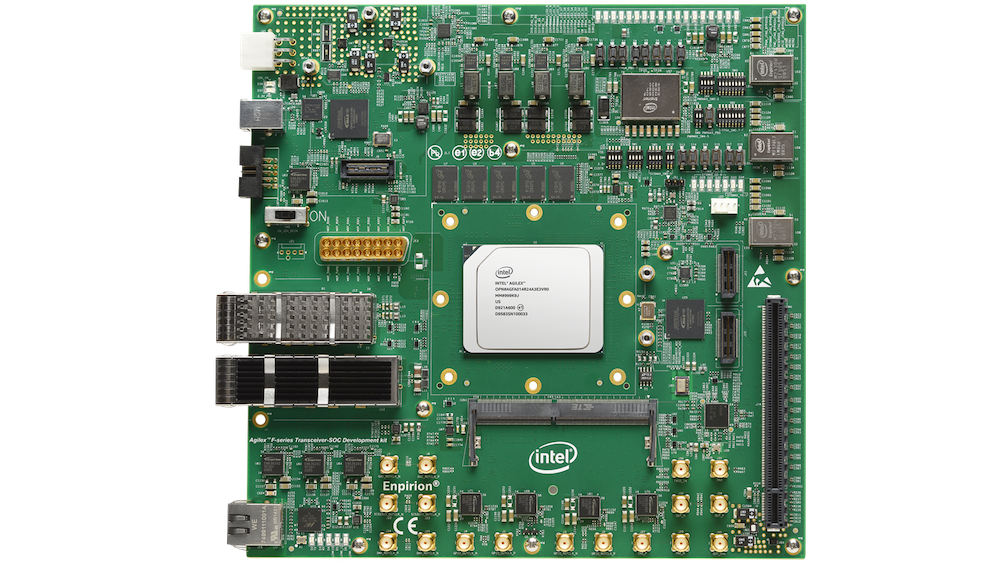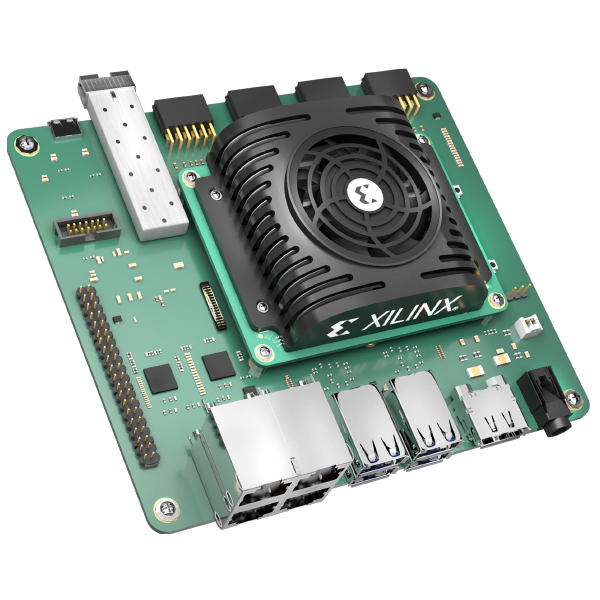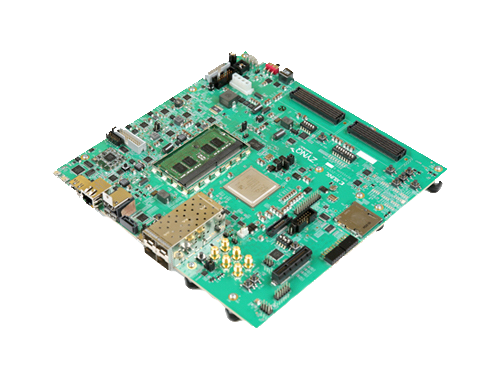Other products
ROBOTCORE for ROS 2
FPGA-based ROS 2 implementation for High-Speed Networking
ROBOTCORE® for the Robot Operating System (ROS) 2 implements the ROS 2 robotics communication framework in hardware to deliver unprecedented speed and efficiency in ROS 2 interactions over the network. Leveraging the power of FPGA technology, this robot core (also known as IP core), is engineered to dramatically enhance the speed of ROS 2 communications. This means faster data processing, reduced latency, and improved synchronization across your robotics systems. Powering the future of accelerated robotics networking, ROBOTCORE® for ROS 2 can send or receive packages in less than 2.5 microseconds, accelerating networking by more than 62x on average when compared to traditional software implementations on CPUs.
Get ROBOTCORE® for ROS 2 Benchmarks